How To Harvest Echinacea Flowers, Seeds And Roots
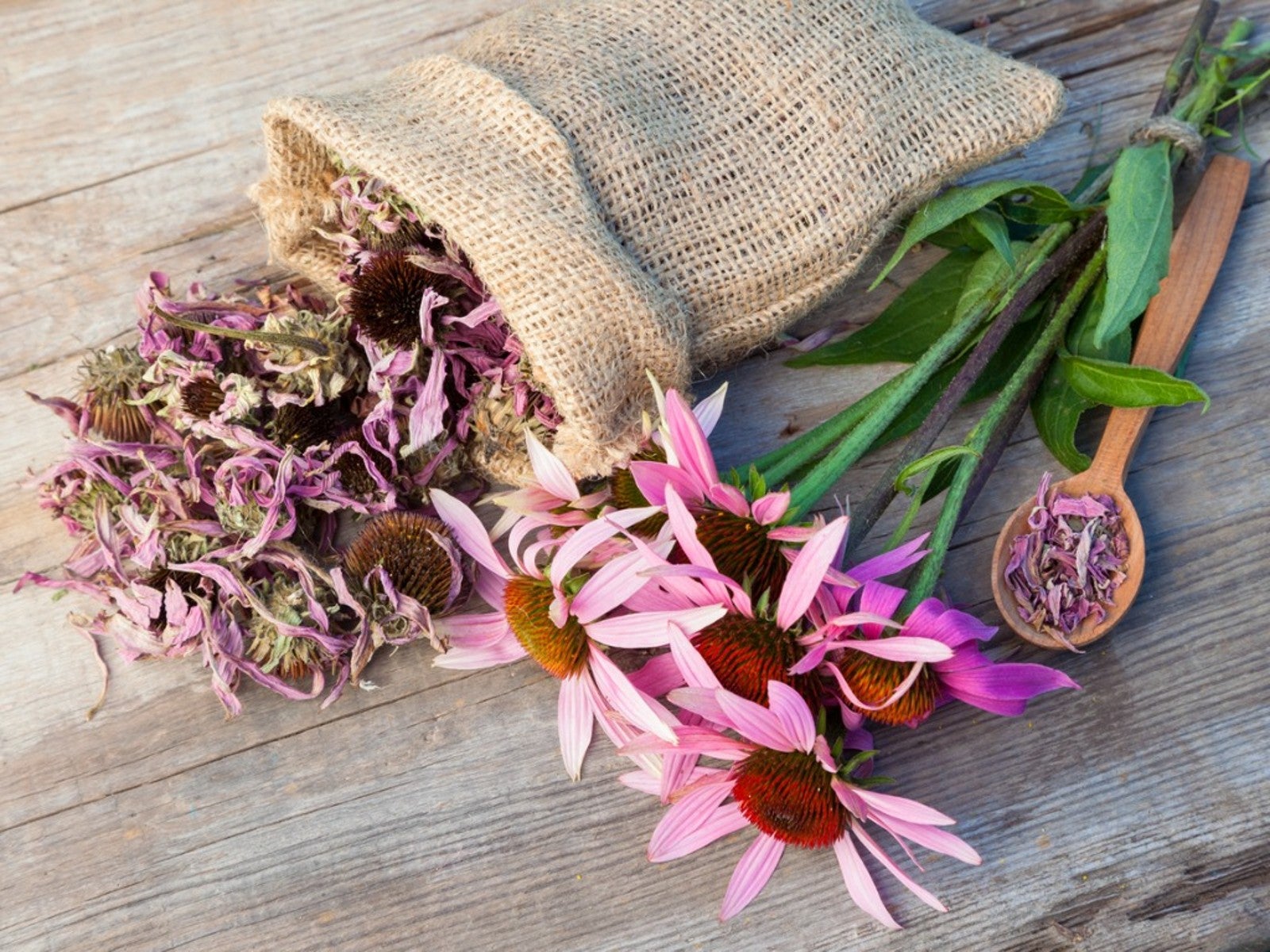

Purple coneflower, also known as echinacea, is a beautiful perennial. It is native to much of the eastern U.S. and attracts beneficial pollinators. It is also an edible plant. Knowing how to harvest echinacea for tea, tinctures, seeds, and more, gives you many more uses for your pretty coneflowers.
Why Harvest Echinacea?
This native plant has long been used in herbal remedies. Native Americans used it to treat bites, stings, and burns. Modern research has determined that echinacea is useful in many medical preparations because it boosts the immune system, reduces inflammation, and shows antibacterial properties.
Every part of the plant is edible. You can dry the flowers, leaves, and roots to create teas, tinctures using alcohol to extract the healing compounds, and decoctions to extract substances from the roots using boiling water.
When to Harvest Echinacea
Harvest echinacea flowers while they are in full bloom. When harvesting echinacea seeds, wait until the flowers are spent and the seedheads are totally dry but not yet falling from the plants. Wait at least two growing seasons to harvest the roots of echinacea plants and do it in the fall once they have gone dormant.
How to Harvest Echinacea
The echinacea harvesting method depends on which part you want to collect and save. To harvest the flowers and leaves, cut stems above the lowest leaf pairs. You can remove the flowers and leaves to use separately or dry the entire stems. Lay them out flat in a sheltered, dry location, or hang them in bunches until they’re entirely dry. You can then remove the dried flowers and leaves to store in sealed containers.
Harvesting the roots takes a little more effort. You will need to dig up the plants to remove the entire root system. You can then cut the root back by about half and replant it. Clean the cut roots very well and cut them into smaller pieces. Let them dry completely, which can take a few weeks, and then store in an airtight container.
To keep your perennials going, or to share with friends, consider harvesting the seeds as well. Let the seedheads mostly dry on the plants before picking them. Cut them from the stems and let them dry further in a paper bag.
Gardening tips, videos, info and more delivered right to your inbox!
Sign up for the Gardening Know How newsletter today and receive a free copy of our e-book "How to Grow Delicious Tomatoes".
Removing the seeds from the head is the trickiest part of harvesting them. To protect your fingers from the sharp spikes, use a knife or kitchen scissors to scrape them out of the seedhead. You’ll see the dark coverings fall off. The lighter, rice-like pieces are the seeds. Collect these and store in envelopes for next year or share with friends and neighbors.

Mary Ellen Ellis has been gardening for over 20 years. With degrees in Chemistry and Biology, Mary Ellen's specialties are flowers, native plants, and herbs.
-
 Looking For Plants To Give You The Soft And Fuzzies? Try These 5 Fuzzy Leaf Plant Options
Looking For Plants To Give You The Soft And Fuzzies? Try These 5 Fuzzy Leaf Plant OptionsLovers of texture, drama, silver foliage and tactile plants will adore these special sensory garden additions. These fuzzy leaf plant options will leave you all aglow
By Susan Albert
-
 Get Ready For A Summer Of Hummers! Grow These Full Sun Hummingbird Plants and Flowers
Get Ready For A Summer Of Hummers! Grow These Full Sun Hummingbird Plants and FlowersIf you’re lucky enough to enjoy a sunny backyard, make sure you are maxing out on your pollinator opportunities and grow these full sun hummingbird plants and flowers
By Tonya Barnett
-
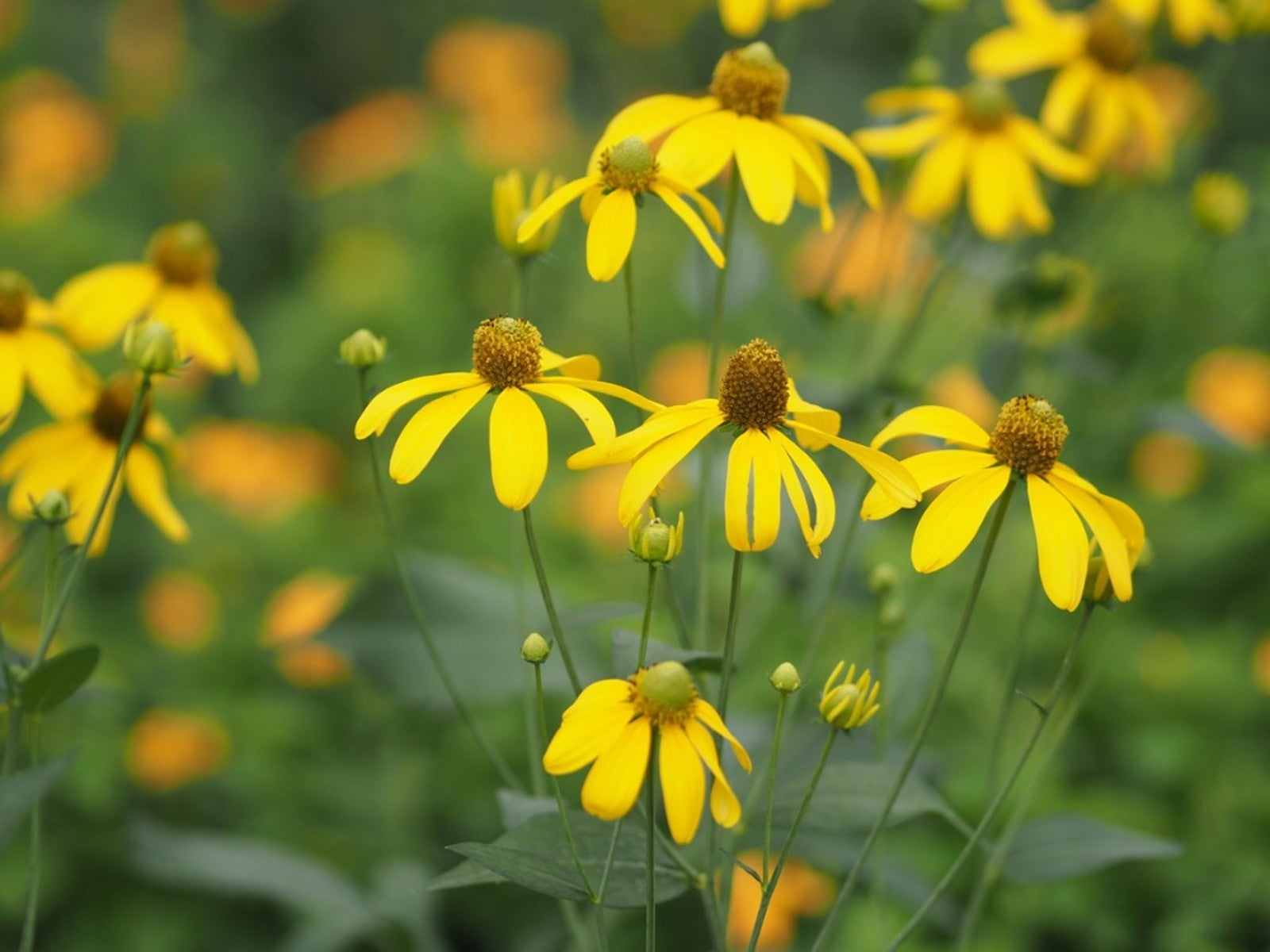 Growing Cutleaf Coneflower - Is Cutleaf Coneflower A Weed
Growing Cutleaf Coneflower - Is Cutleaf Coneflower A WeedCutleaf coneflower is a native wildflower, but that doesn't stop some from finding it weedy. Click here for more information.
By Mary Ellen Ellis
-
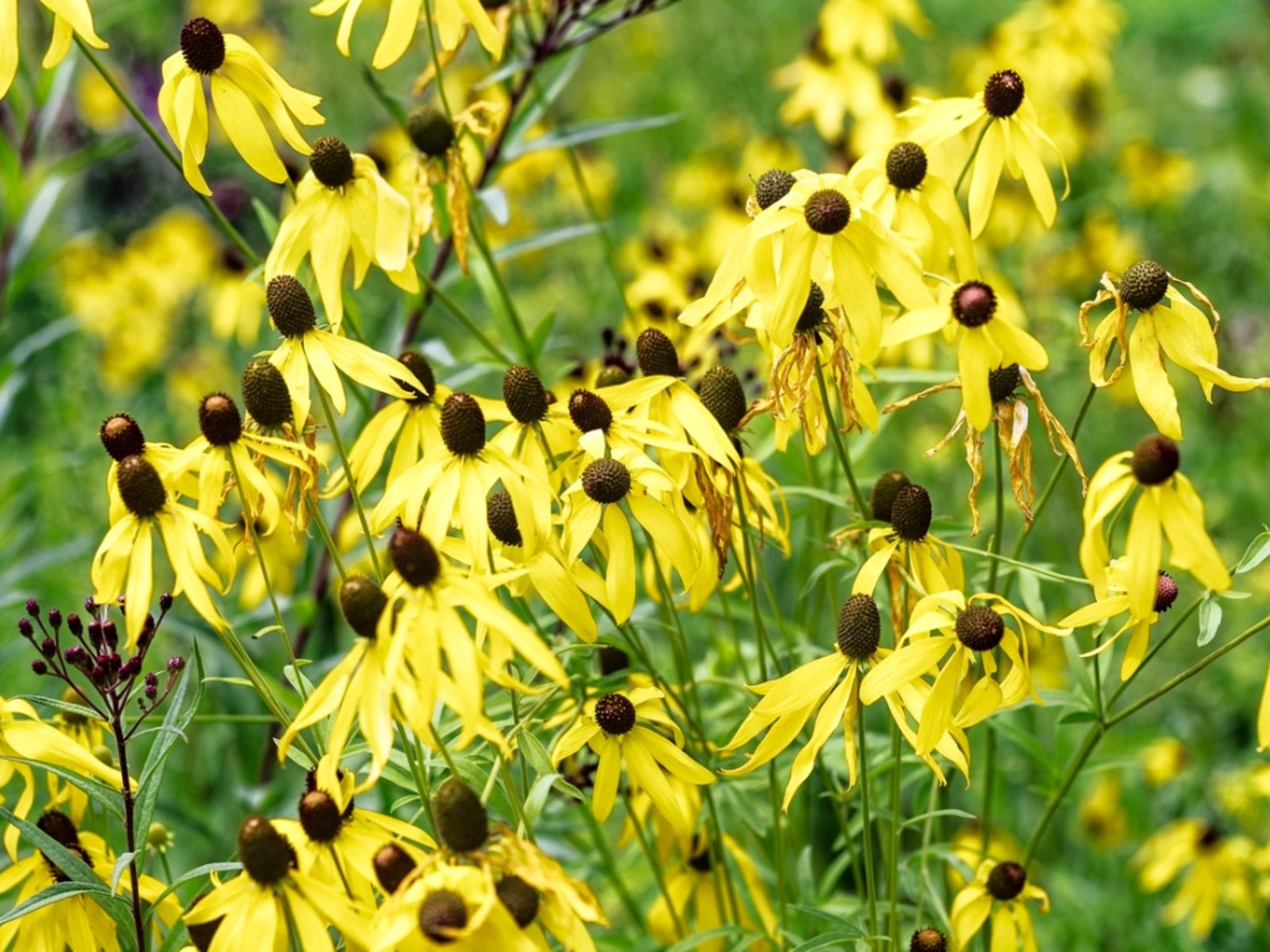 What Is A Gray Headed Coneflower Plant - Care For Gray Headed Coneflowers
What Is A Gray Headed Coneflower Plant - Care For Gray Headed ConeflowersThe gray headed coneflower plant goes by many names and is a native wildflower. Click here for more information on this perennial plant.
By Mary Ellen Ellis
-
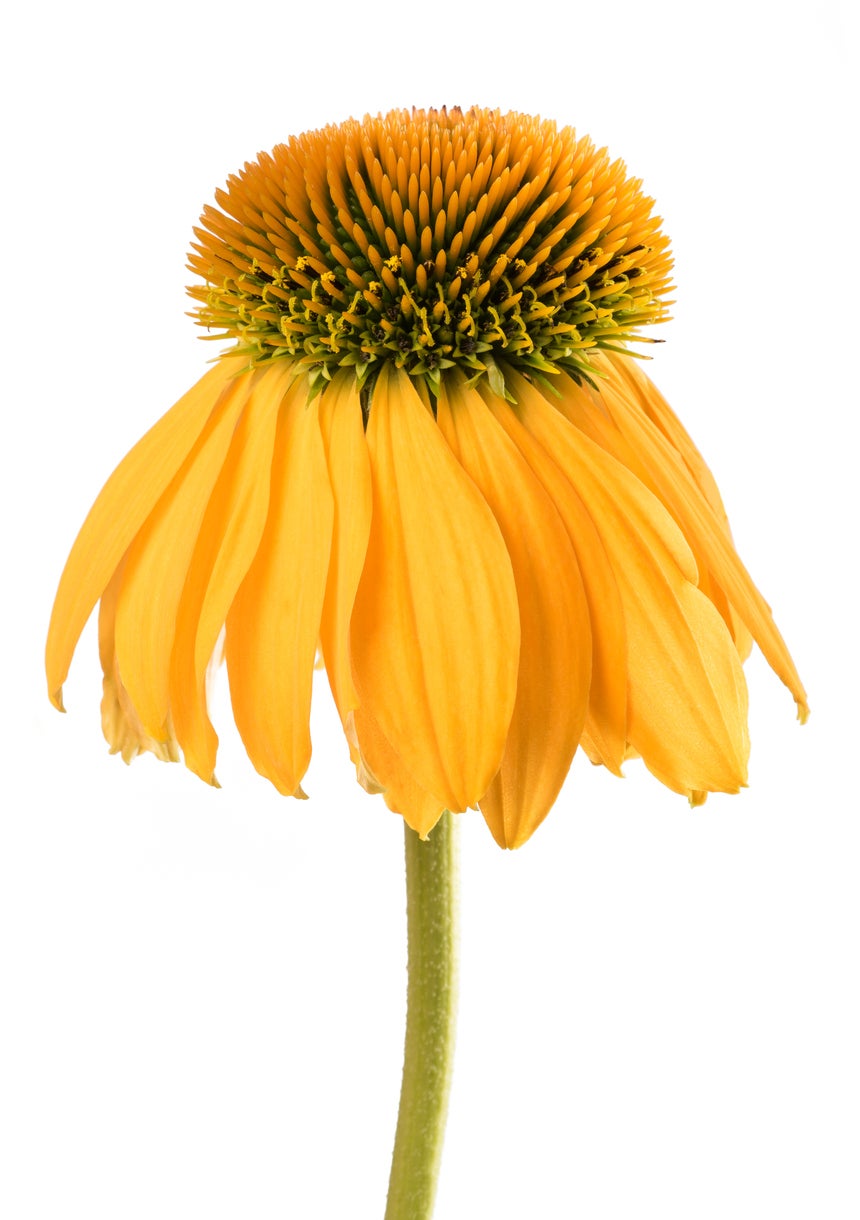 Yellow Echinacea Care – Learn About Growing Yellow Coneflowers
Yellow Echinacea Care – Learn About Growing Yellow ConeflowersEchinacea paradoxa stands out from other native echinacea plants. The “paradox” indicated in this variety’s name comes from the fact that it is the only native echinacea to produce yellow petals. Learn about growing yellow coneflowers here.
By Darcy Larum
-
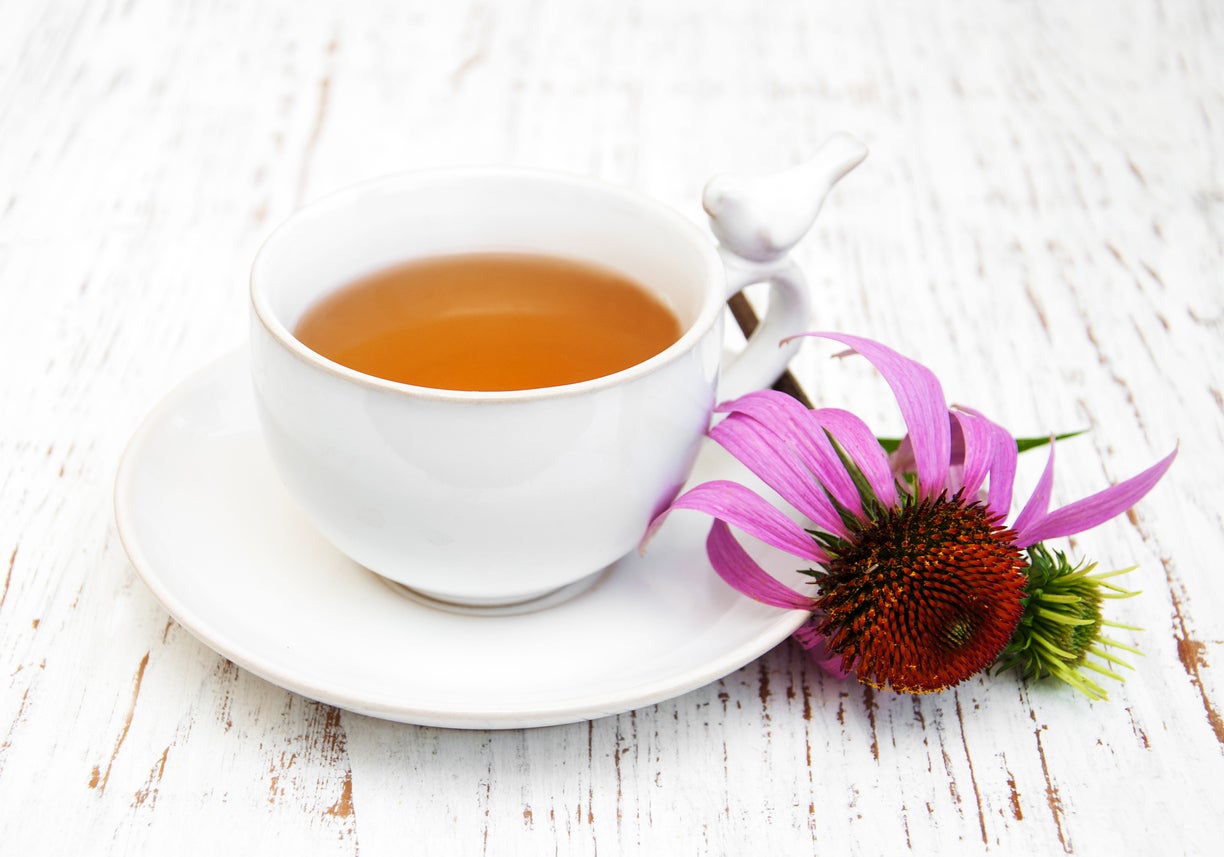 Coneflower Herbal Uses – Growing Echinacea Plants As Herbs
Coneflower Herbal Uses – Growing Echinacea Plants As HerbsConeflowers are pretty plants with big, bright flowers that attract butterflies and songbirds to the garden. But people have also been using coneflowers medicinally for many, many years. Click this article for more information on coneflower herbal uses.
By Teo Spengler
-
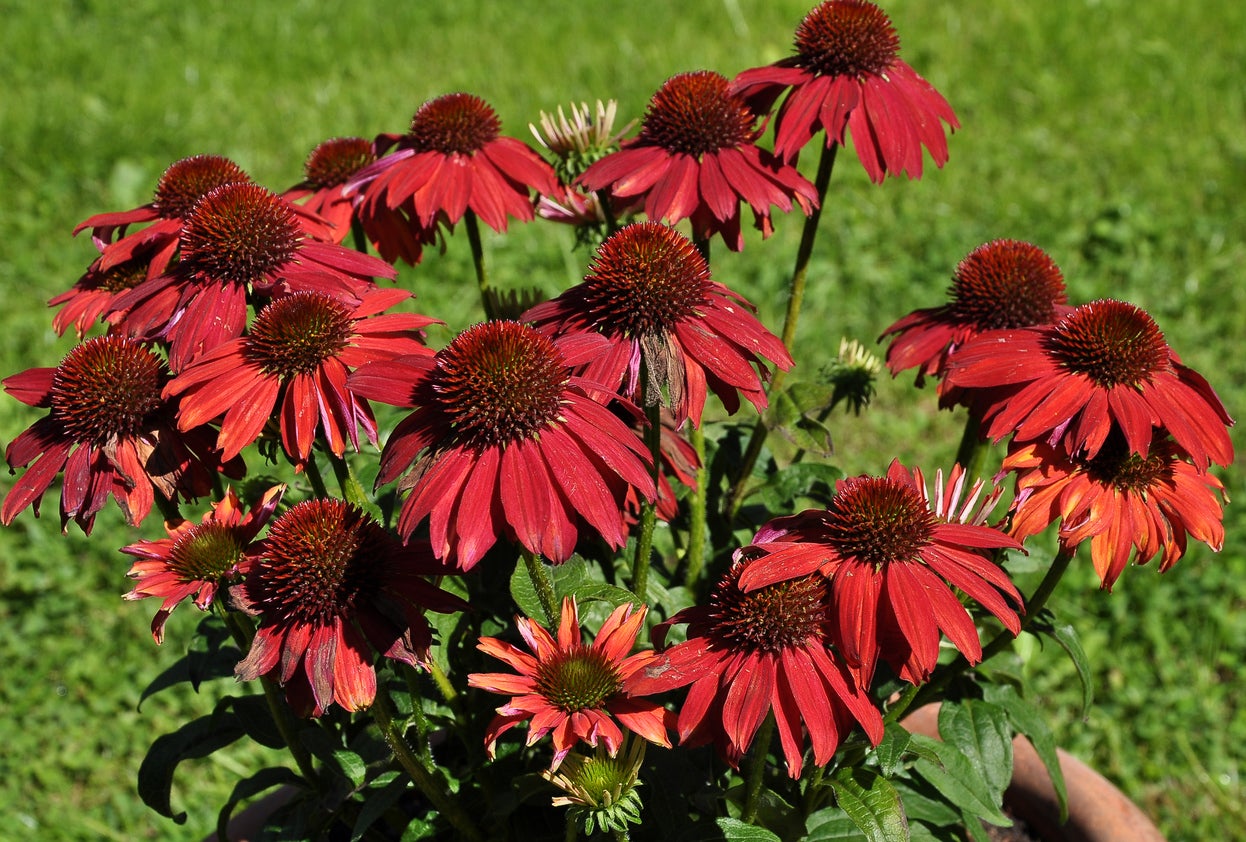 Types Of Coneflower – Learn About Different Kinds Of Coneflower Plant
Types Of Coneflower – Learn About Different Kinds Of Coneflower PlantBy Mary Ellen Ellis
-
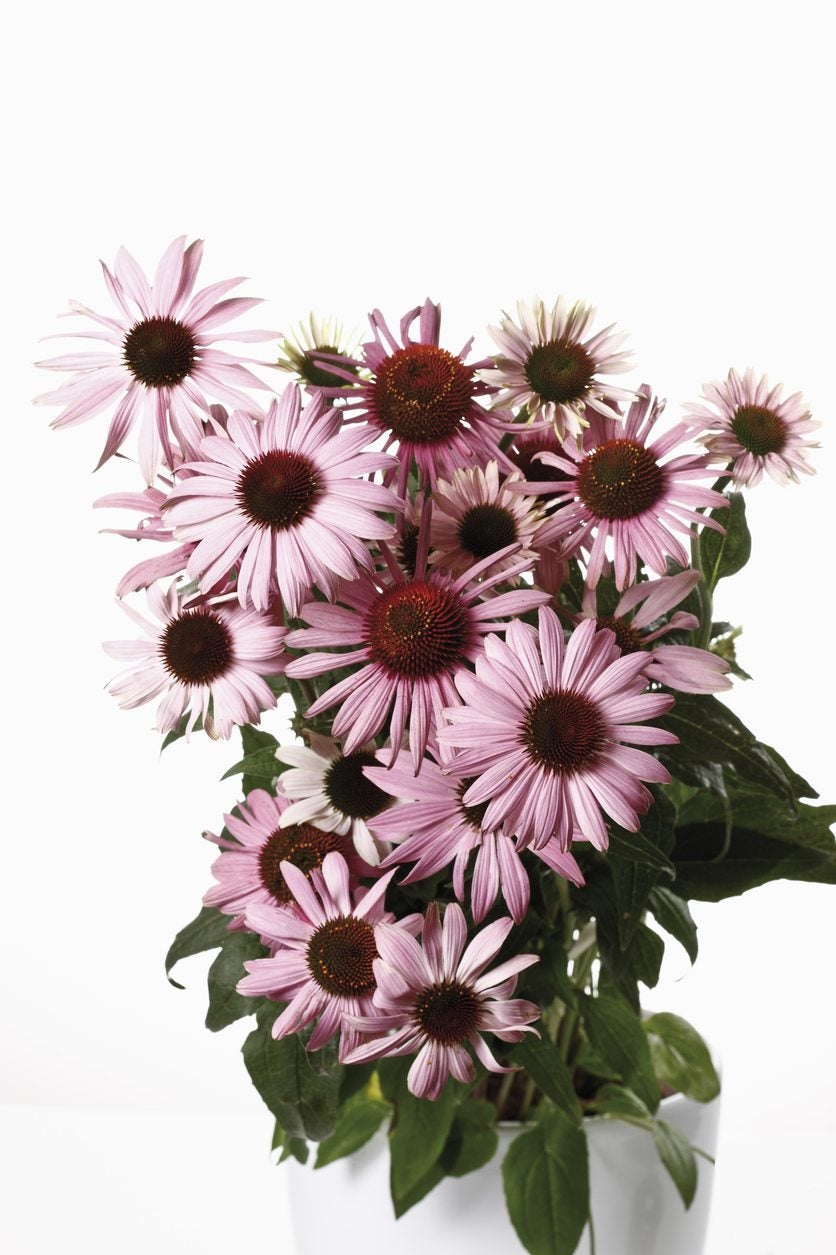 Coneflowers In A Pot – Tips On Caring For Container Grown Coneflowers
Coneflowers In A Pot – Tips On Caring For Container Grown ConeflowersConeflowers are very popular, colorful, flowering perennials. But what about containers? If you don't have the space for a garden bed, will coneflowers grow just as well on a patio or balcony? Click this article to learn more about how to grow coneflowers in a pot.
By Liz Baessler
-
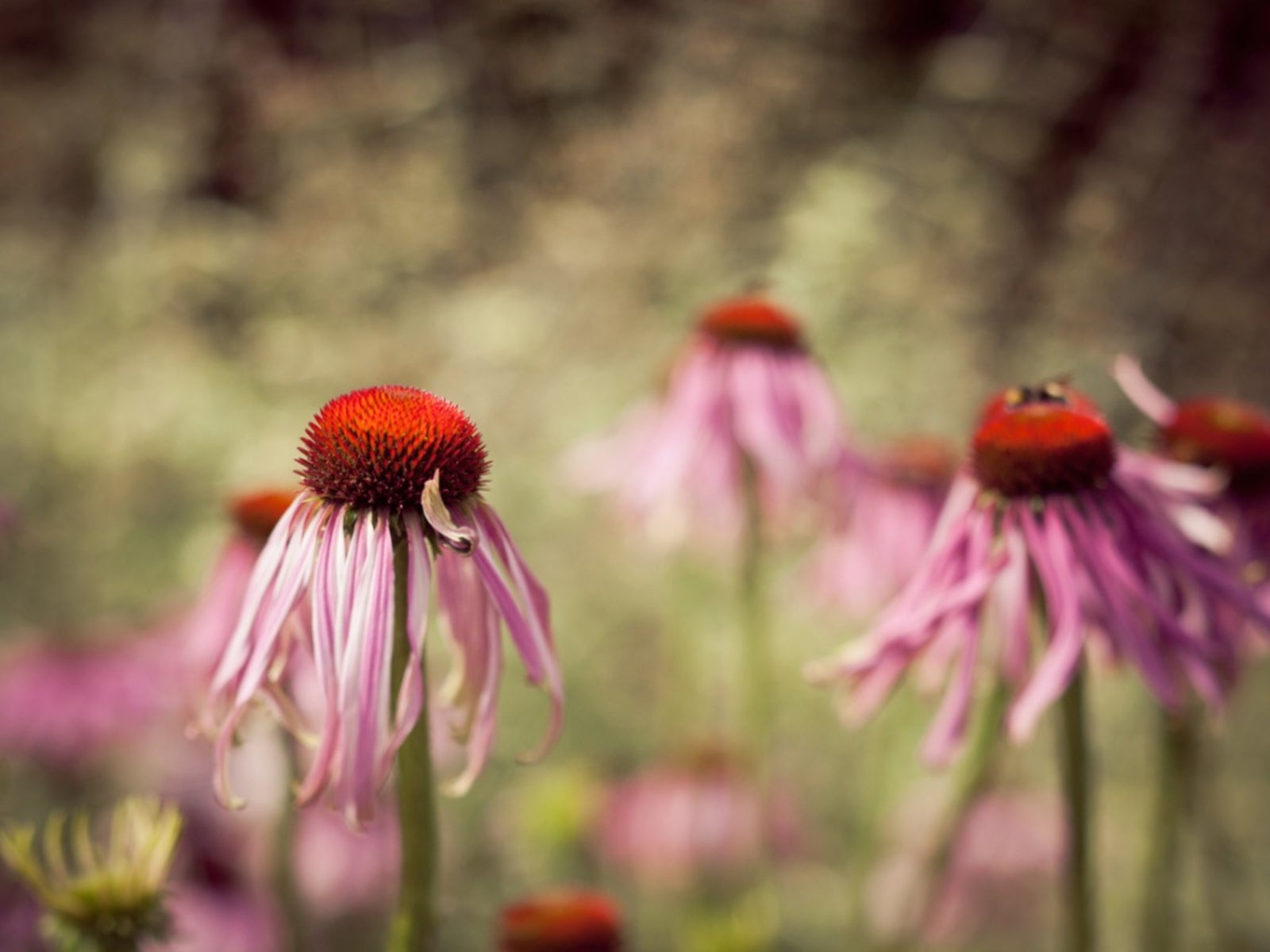 Echinacea Deadheading: Do You Need To Deadhead Coneflowers
Echinacea Deadheading: Do You Need To Deadhead ConeflowersAlso known as purple coneflower, Echinacea has grown wildly and contently for hundreds of years without any maintenance. When I suggest coneflowers to a customer, I am often asked "do you need to deadhead coneflowers?" Click here for the answer.
By Darcy Larum
-
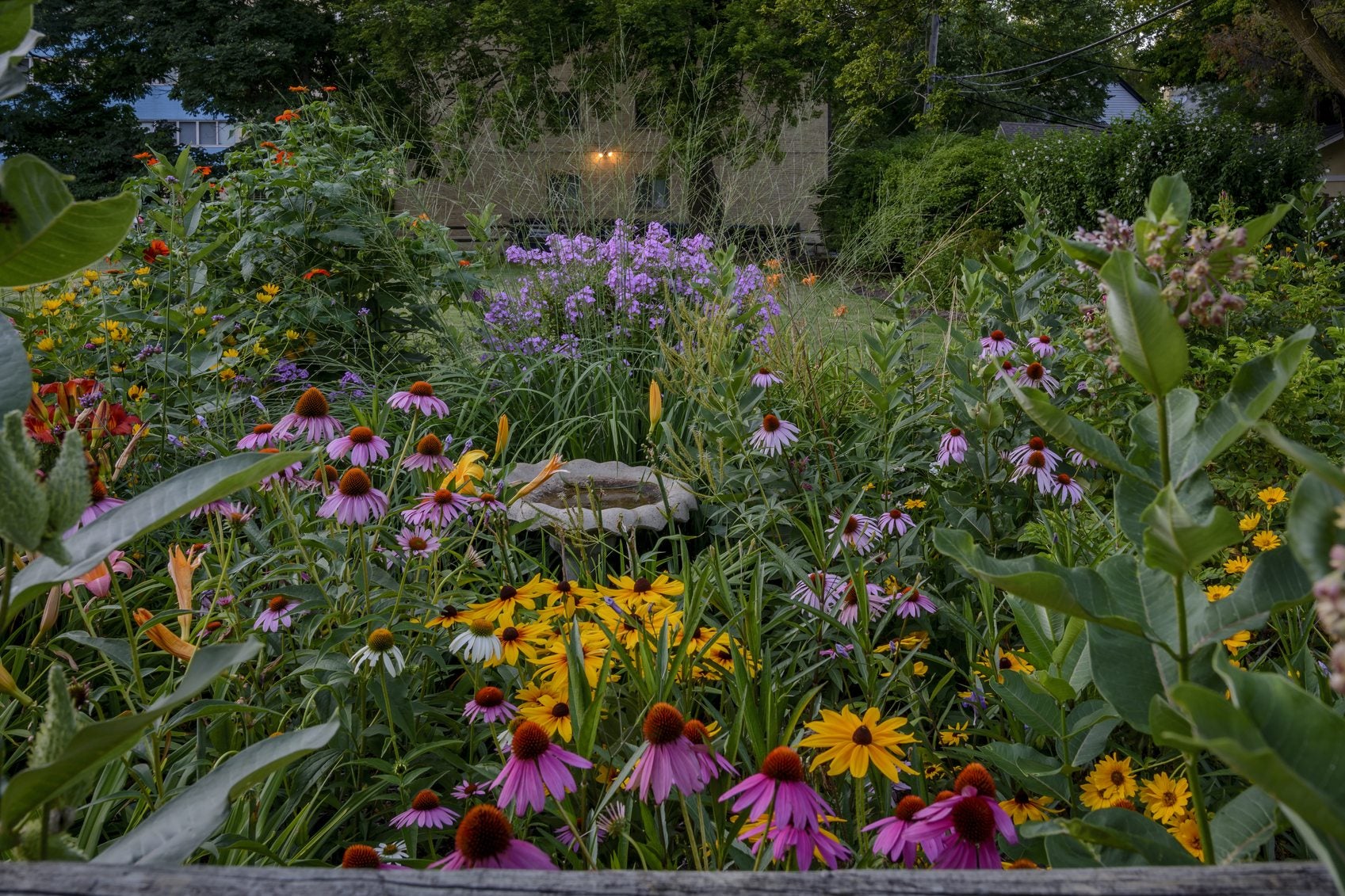 Companion Plants For Echinacea: Learn What To Plant With Coneflowers
Companion Plants For Echinacea: Learn What To Plant With ConeflowersCompanion plants for Echinacea should have similar cultural requirements and can create a bed with attractive blooms for any beneficial insect. To create a lively color bed, choose Echinacea companions carefully. This article will help get you started.
By Bonnie L. Grant